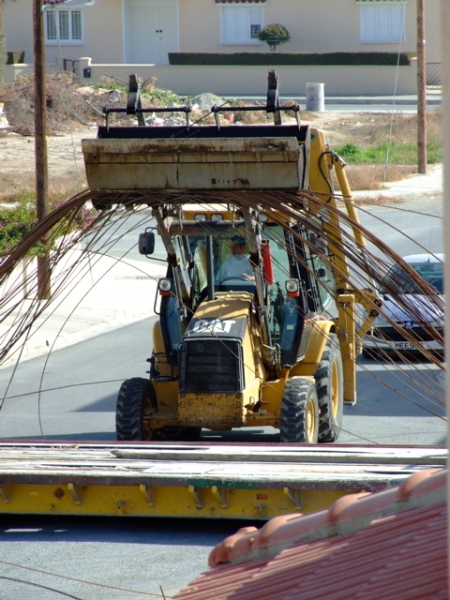Traditional cooking is a corner-stone of Cypriot family life. Every weekend, every holiday, every festival is an opportunity to gather family together and spend time together, preferably whilst eating.
When we lived in Aradippou our neighbours had a traditional kleftiko oven next to their house. Technically it was built in their driveway but every good Cypriot knows that the street is a perfectly good place to leave a car so why not utilise the driveway for something useful?
We’d been in the house a month or two when we were woken early one morning, perhaps 3 or 4am, by an unusual noise outside. A quick check out of the upstairs windows showed the source of the noise: the neighbours were lighting their kleftiko oven. Clearly there was an upcoming celebration that we weren’t aware of.
Kleftiko is a lamb dish, although in Cyprus young goat is sometimes used. The lamb is cooked very slowly over the course of many hours resulting in meat that is tender enough to cut with a spoon.
According to local legends the dish was made from stolen sheep and to disguise the cooking process from the shepherd the lamb was cooked in a pit in the ground so that no smoke could be seen. Today the dish is cooked in an external wood-fired clay oven. A wood fire is lit in the heart of the oven and then allowed to burn very low; meat, and later potatoes, are added in shallow containers. The oven is kept sealed with clay until the cooking process is complete, many hours later.
On that first occasion it was too dark to get photos but the neighbours obliged by lighting the oven again a month or two later. The second photo shows quite how fierce the wood fire is at the start of the process.

For anyone who is interested in trying kleftiko without the expense of building their own external oven there’s a nice recipe on the Waitrose website here. With such a relatively short cooking time the dish won’t be as meltingly tender but should still be a nice taster of how superb good kleftiko can be.














